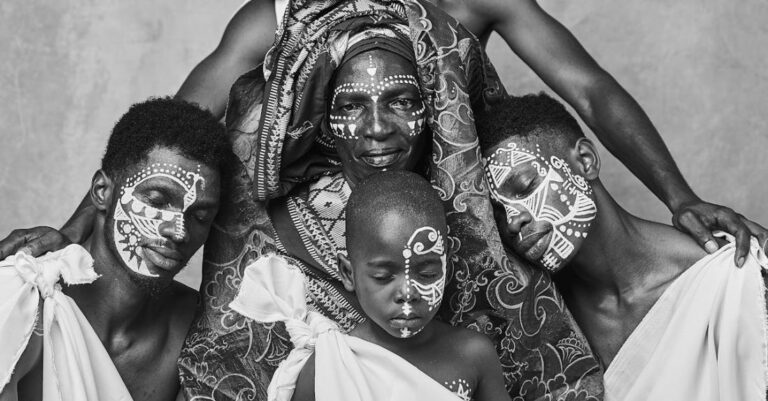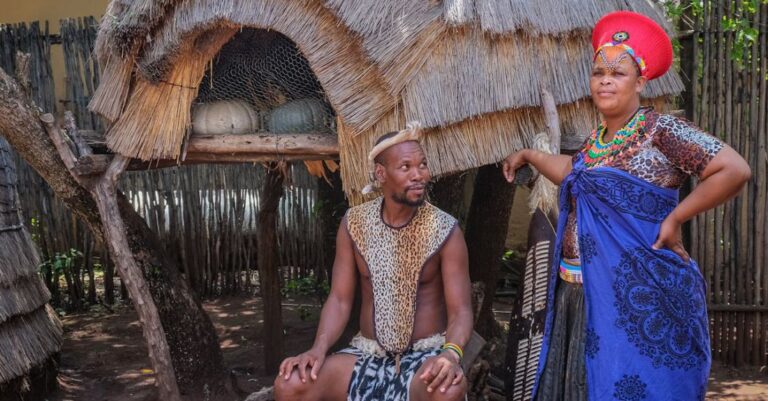
Contemporary literature is a dynamic field that continually evolves to reflect the changing times and societal values. In recent years, several trends have emerged in the world of literature, shaping the way stories are told and received by audiences. From diverse voices to experimental forms of storytelling, the landscape of contemporary literature is vast and varied. Let’s delve into some of the key trends that are currently dominating the literary scene.
Diverse Voices and Perspectives
One of the most significant trends in contemporary literature is the amplification of diverse voices and perspectives. Authors from marginalized communities are gaining more recognition and platforms to share their stories. This shift has led to a more inclusive and representative literary landscape, with narratives that explore a wide range of experiences, identities, and cultures. Readers are increasingly seeking out books that offer fresh perspectives and challenge traditional norms, leading to a richer and more diverse literary canon.
Exploration of Identity and Intersectionality
Another prevalent trend in contemporary literature is the exploration of identity and intersectionality. Authors are delving into complex themes of race, gender, sexuality, and class, creating multi-layered narratives that reflect the intersecting aspects of an individual’s identity. By weaving together different facets of identity, writers are able to create more nuanced and authentic characters and storylines that resonate with readers on a personal level. This trend highlights the importance of understanding the complexities of human experience and the ways in which our identities intersect and shape our lives.
Blurring of Genre Boundaries
Contemporary literature is also witnessing a blurring of genre boundaries, with authors experimenting with hybrid forms and mixing elements from different genres. This trend challenges traditional notions of genre categorization and opens up new possibilities for storytelling. From literary fiction with elements of magical realism to science fiction with a literary twist, writers are pushing the boundaries of genre conventions to create innovative and engaging narratives. This trend reflects the changing tastes of readers who are increasingly drawn to stories that defy easy categorization and offer a fresh take on familiar themes.
Emphasis on Mental Health and Wellbeing
In recent years, there has been a growing emphasis on mental health and wellbeing in contemporary literature. Authors are exploring themes of mental illness, trauma, and resilience with sensitivity and nuance, shedding light on the complexities of mental health issues. By addressing these topics in their work, writers are helping to break down stigma and raise awareness about the importance of mental health care. This trend reflects a broader societal shift towards destigmatizing mental health issues and promoting open conversations about mental wellbeing.
Environmental Concerns and Climate Change
The looming threat of climate change has also found its way into contemporary literature, with authors exploring environmental concerns and the impact of human activity on the planet. Climate fiction, or cli-fi, has emerged as a popular genre that addresses issues such as deforestation, pollution, and the consequences of global warming. By drawing attention to these urgent environmental issues, writers are using literature as a tool for raising awareness and inspiring action to protect the planet. This trend underscores the power of storytelling in sparking conversations about pressing environmental challenges and advocating for a more sustainable future.
Innovative Narrative Structures
Finally, contemporary literature is marked by the use of innovative narrative structures that challenge traditional storytelling conventions. Authors are experimenting with non-linear narratives, multiple perspectives, and unreliable narrators to create complex and engaging stories that keep readers on their toes. By playing with form and structure, writers are able to craft narratives that are as inventive as they are thought-provoking, pushing the boundaries of what is possible in storytelling. This trend highlights the creative freedom that writers have to experiment with different narrative techniques and engage readers in new and exciting ways.
In conclusion, contemporary literature is a vibrant and diverse field that is constantly evolving to reflect the complexities of the modern world. From diverse voices and intersectional identities to genre-blurring experimentation and innovative narrative structures, the trends in contemporary literature are as varied as they are compelling. By embracing these trends and exploring new ways of storytelling, authors are shaping the future of literature and inviting readers to engage with stories that challenge, inspire, and provoke thought.





